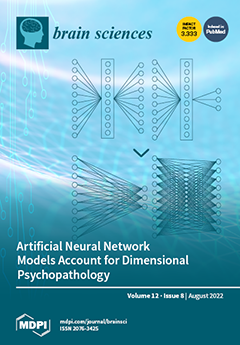Objective. To explore the most important predictors of post-operative efficacy in patients with degenerative cervical myelopathy (DCM).
Methods. From January 2013 to January 2019, 284 patients with DCM were enrolled. They were categorized based on the different surgical methods used: single anterior cervical decompression and fusion (ACDF) (
n = 80), double ACDF (
n = 56), three ACDF (
n = 13), anterior cervical corpectomy and fusion (ACCF) (
n = 63), anterior cervical hybrid decompression and fusion (ACHDF) (
n = 25), laminoplasty (
n = 38) and laminectomy and fusion (
n = 9). The follow-up time was 2 years. The patients were divided into two groups based on the mJOA recovery rate at the last follow-up: Group A (the excellent improvement group, mJOA recovery rate >50%,
n = 213) and Group B (the poor improvement group, mJOA recovery rate ≤50%,
n = 71). The evaluated data included age, gender, BMI, duration of symptoms (months), smoking, drinking, number of lesion segments, surgical methods, surgical time, blood loss, the Charlson Comorbidity Index (CCI), CCI classification, imaging parameters (CL, T1S, C2-7SVA, CL (F), T1S (F), C2-7SVA (F), CL (E), T1S (E), C2-7SVA (E), CL (ROM), T1S (ROM) and C2-7SVA (ROM)), maximum spinal cord compression (MSCC), maximum canal compromise (MCC), Transverse area (TA), Transverse area ratio (TAR), compression ratio (CR) and the Coefficient compression ratio (CCR). The visual analog score (VAS), neck disability index (NDI), modified Japanese Orthopedic Association (mJOA) and mJOA recovery rate were used to assess cervical spinal function and quality of life.
Results. We found that there was no significant difference in the baseline data among the different surgical groups and that there were only significant differences in the number of lesion segments, C2–7SVA, T1S (F), T1S (ROM), TA, CR, surgical time and blood loss. Therefore, there was comparability of the post-operative recovery among the different surgical groups, and we found that there were significant differences in age, the duration of symptoms, CL and pre-mJOA between Group A and Group B. A binary logistic regression analysis showed that the duration of the symptoms was an independent risk factor for post-operative efficacy in patients with DCM. Meanwhile, when the duration of symptoms was ≥6.5 months, the prognosis of patients was more likely to be poor, and the probability of a poor prognosis increased by 0.196 times for each additional month of symptom duration (
p < 0.001, OR = 1.196).
Conclusion. For patients with DCM (regardless of the number of lesion segments and the proposed surgical methods), the duration of symptoms was an independent risk factor for the post-operative efficacy. When the duration of symptoms was ≥6.5 months, the prognosis of patients was more likely to be poor, and the probability of a poor prognosis increased by 0.196 times for each additional month of symptom duration (
p < 0.001, OR = 1.196).
Full article






